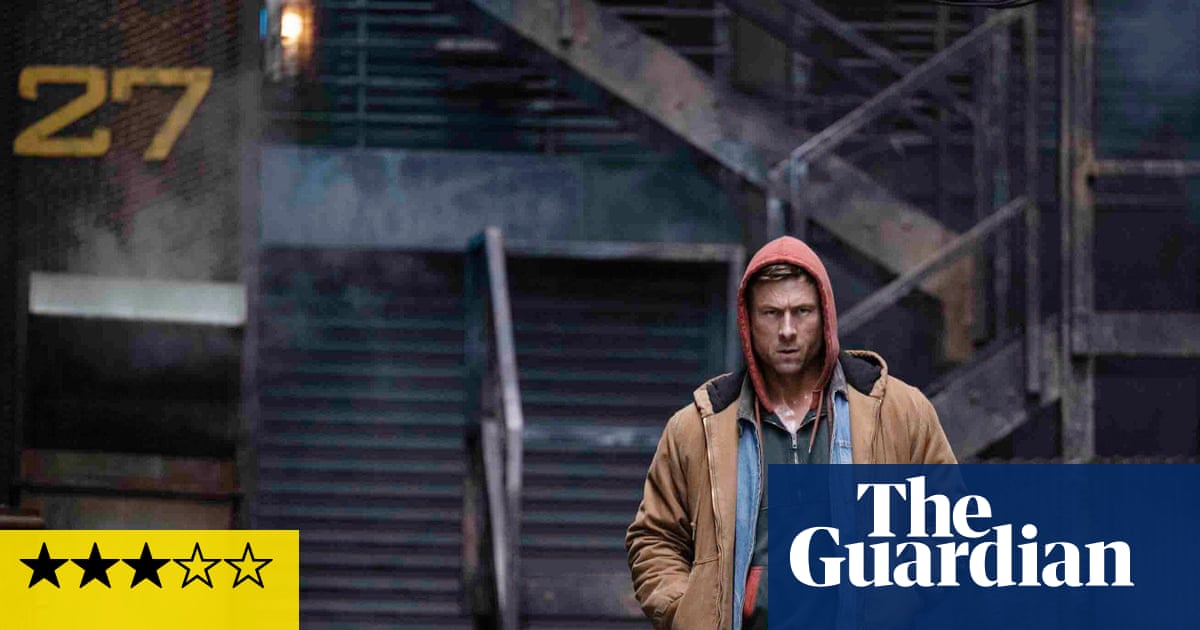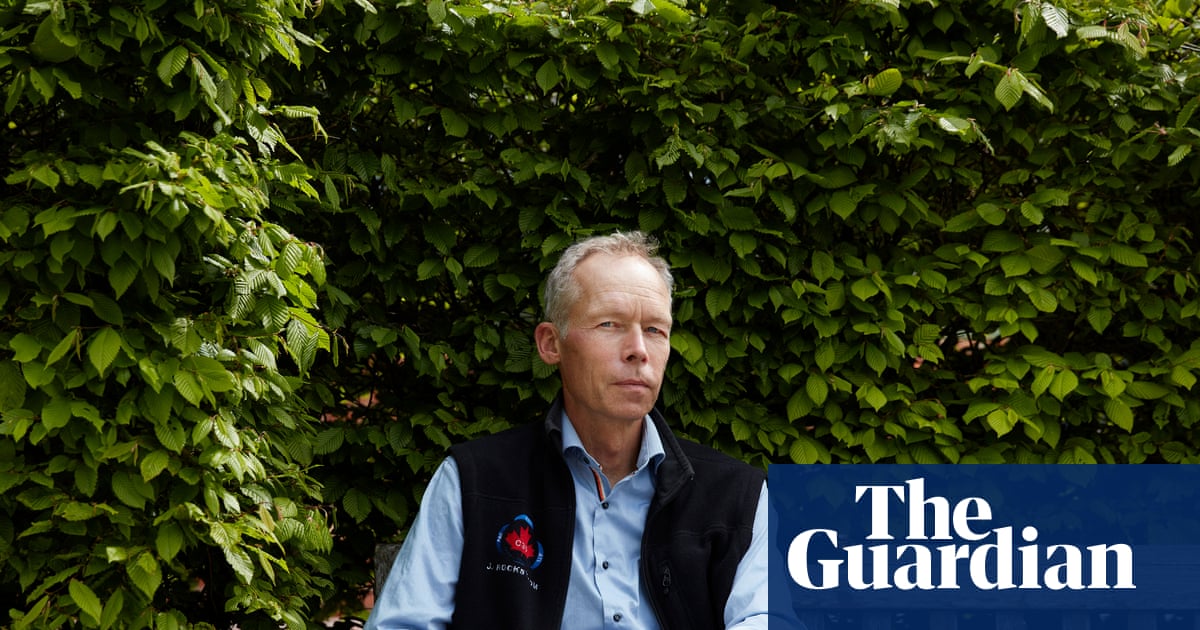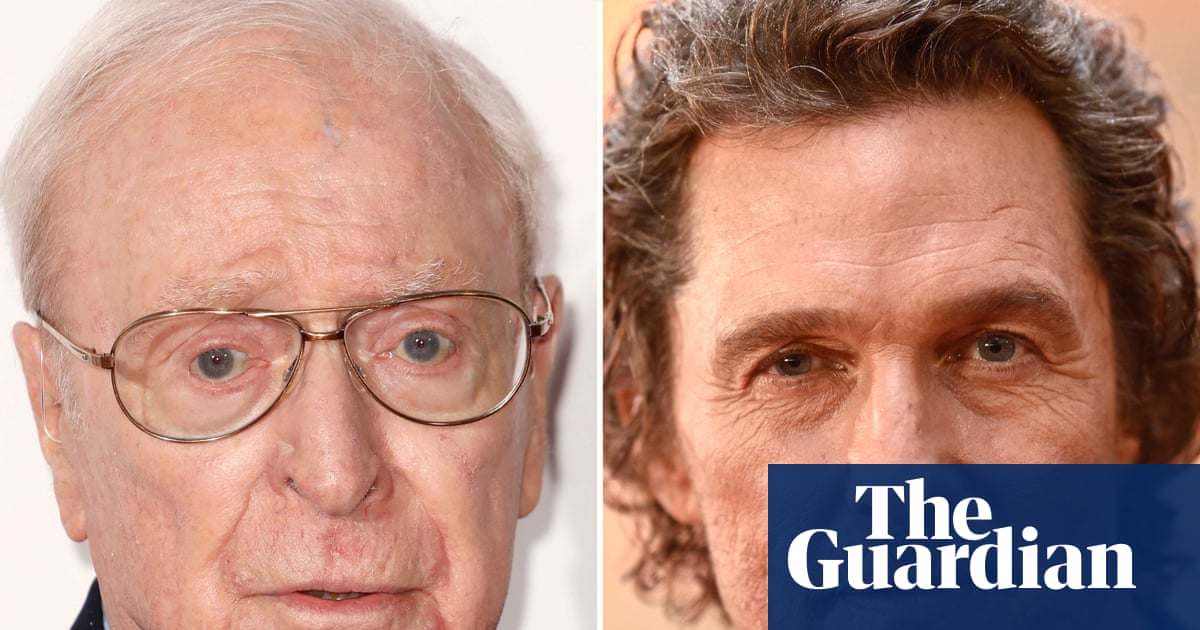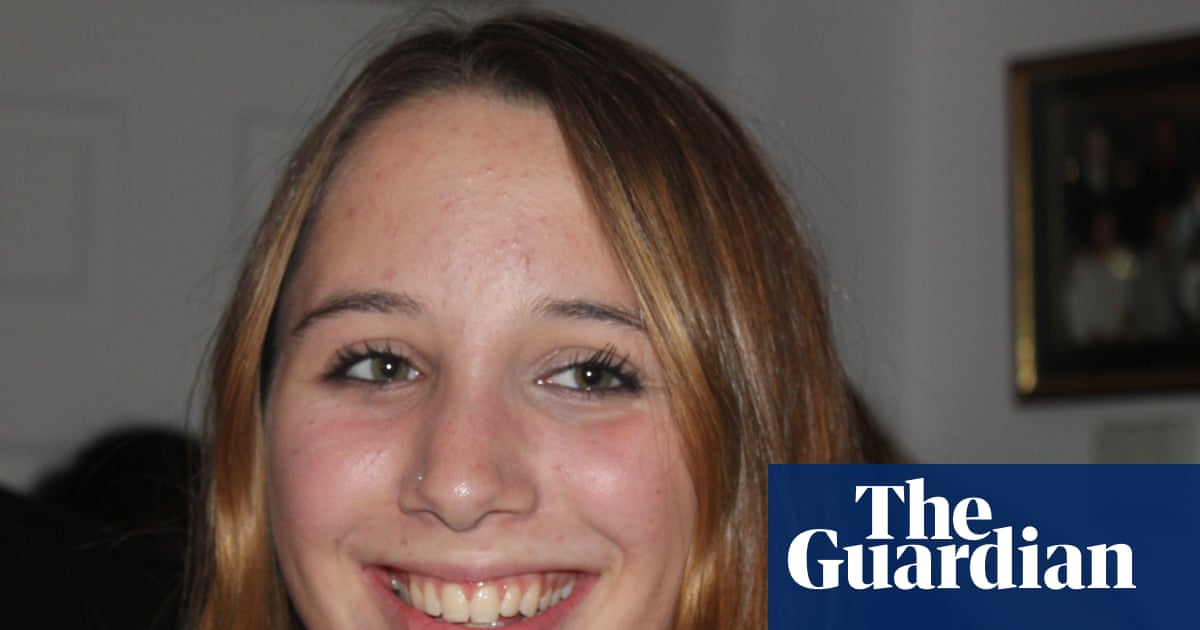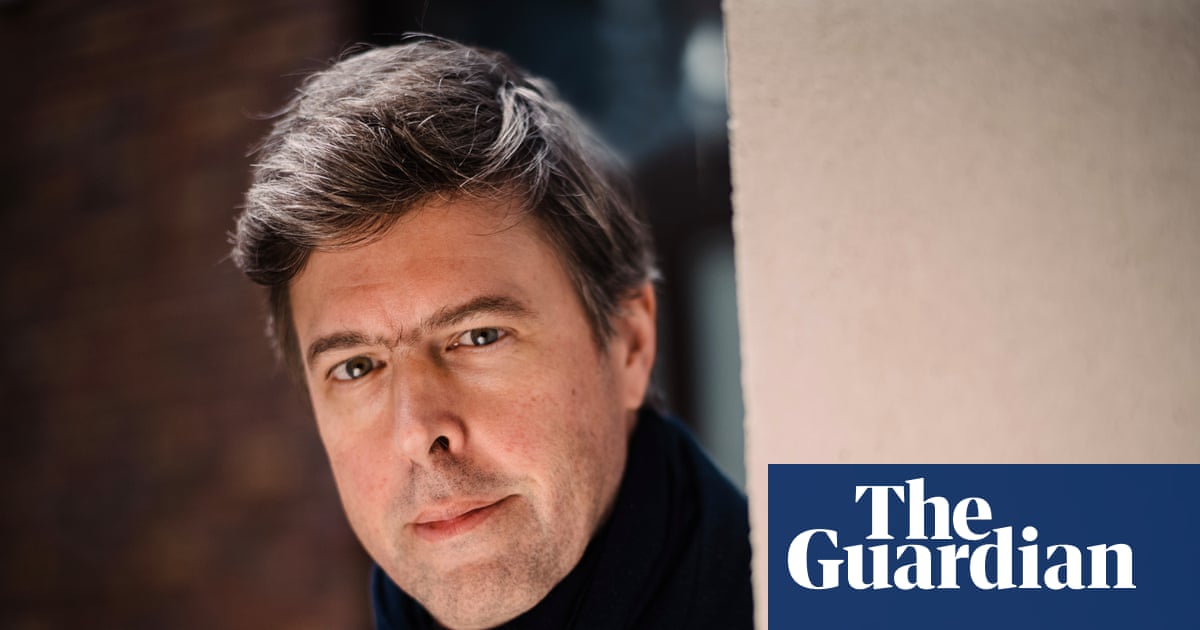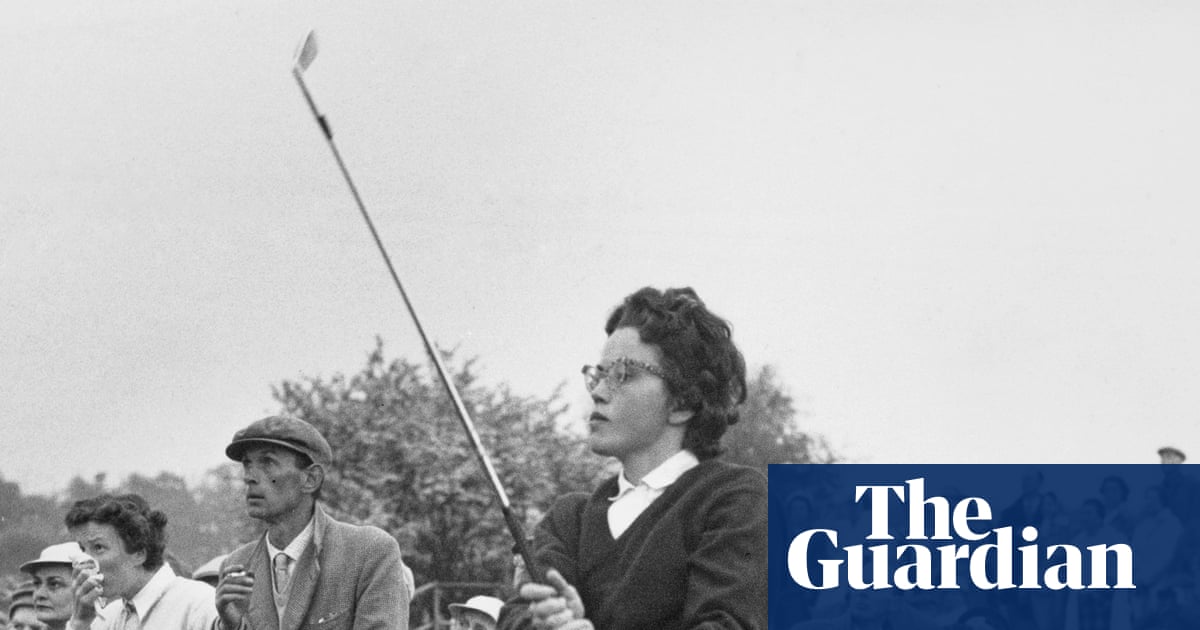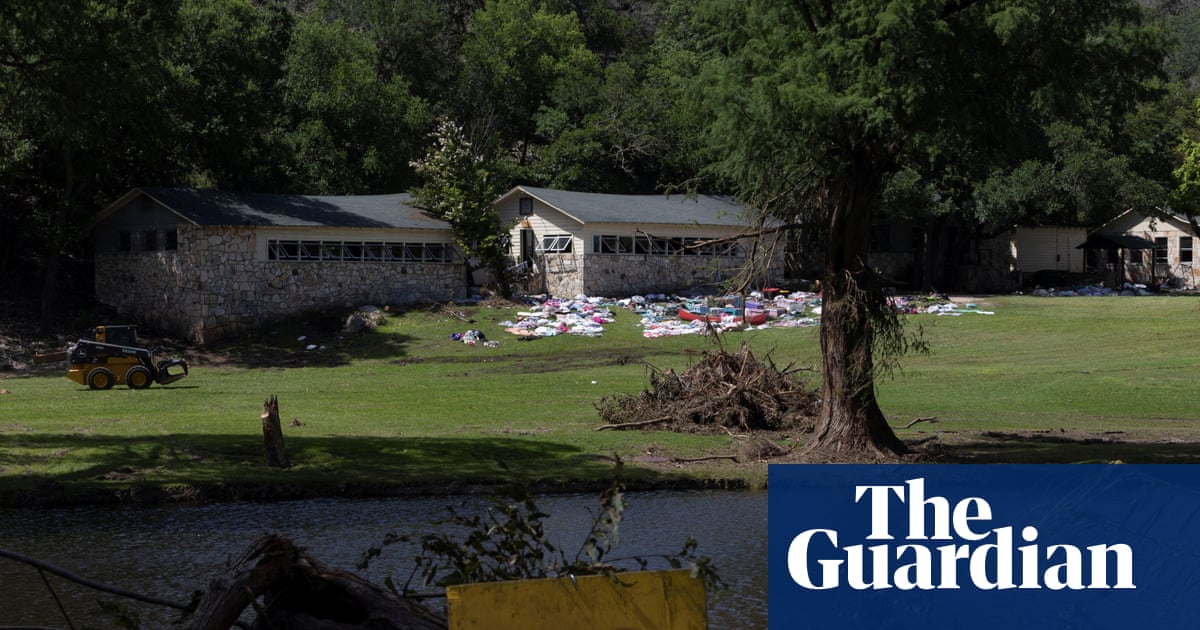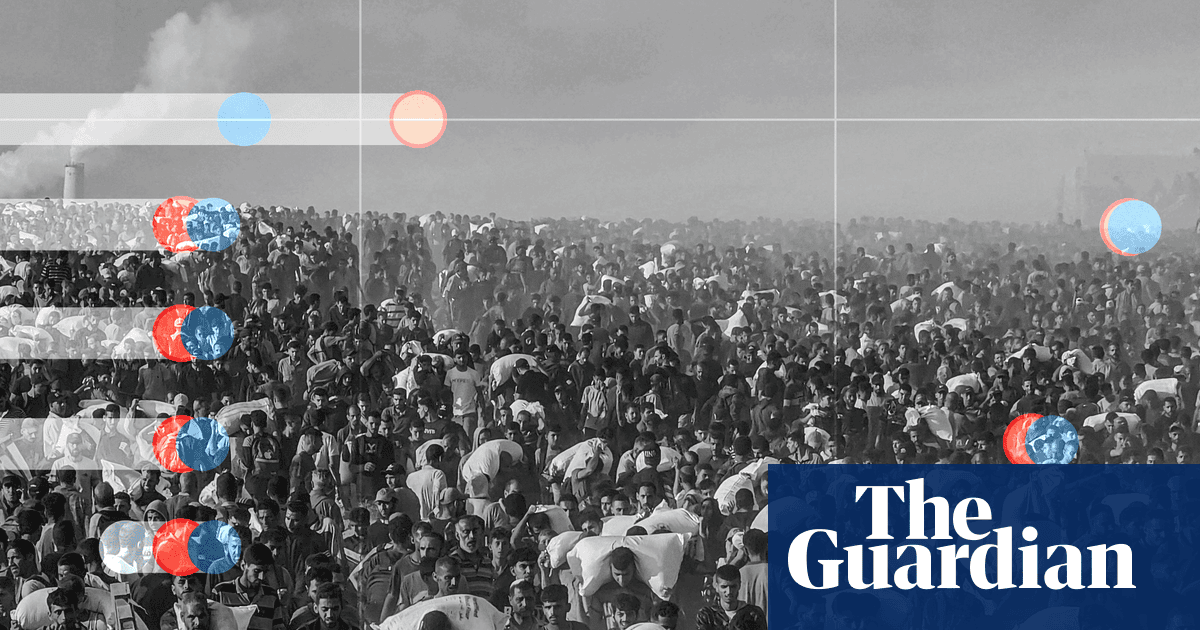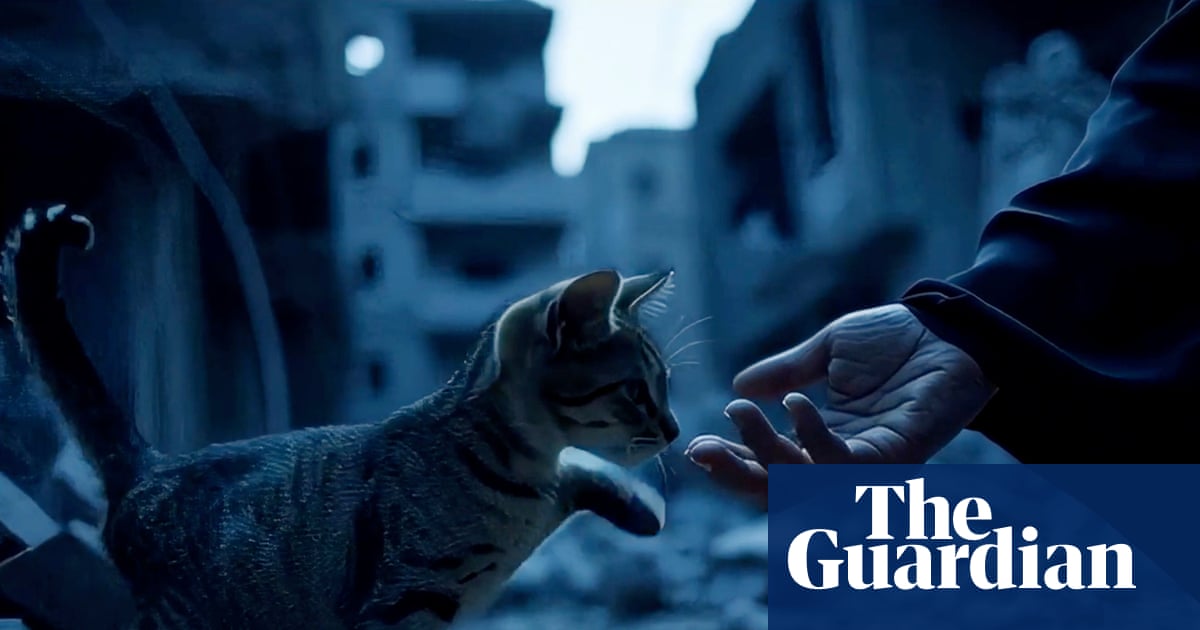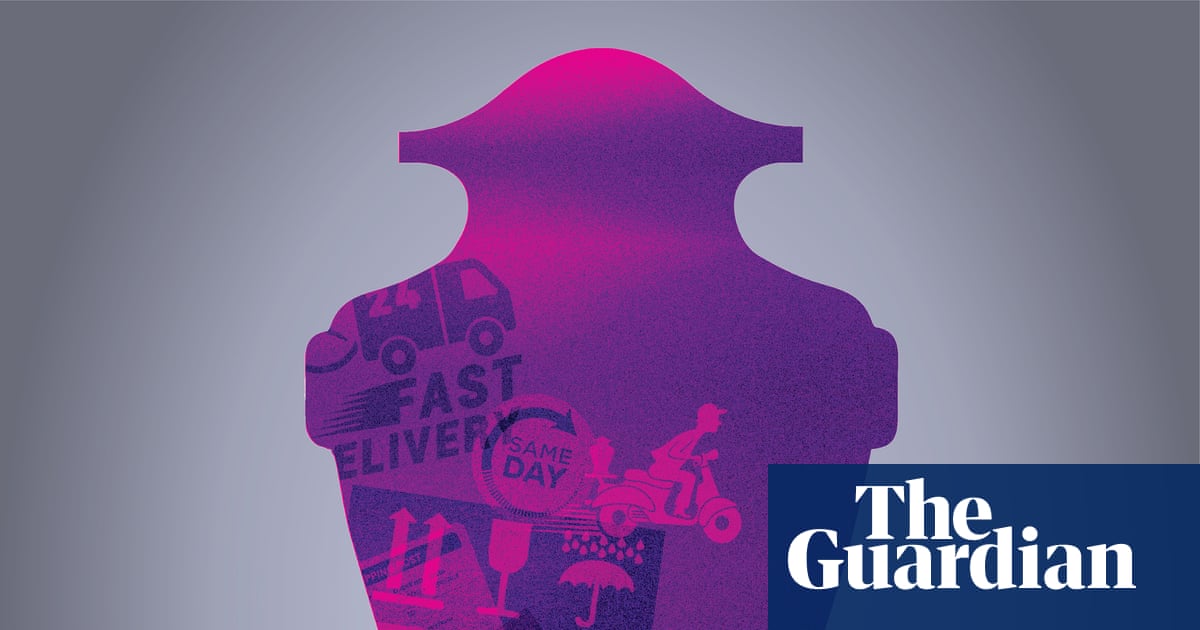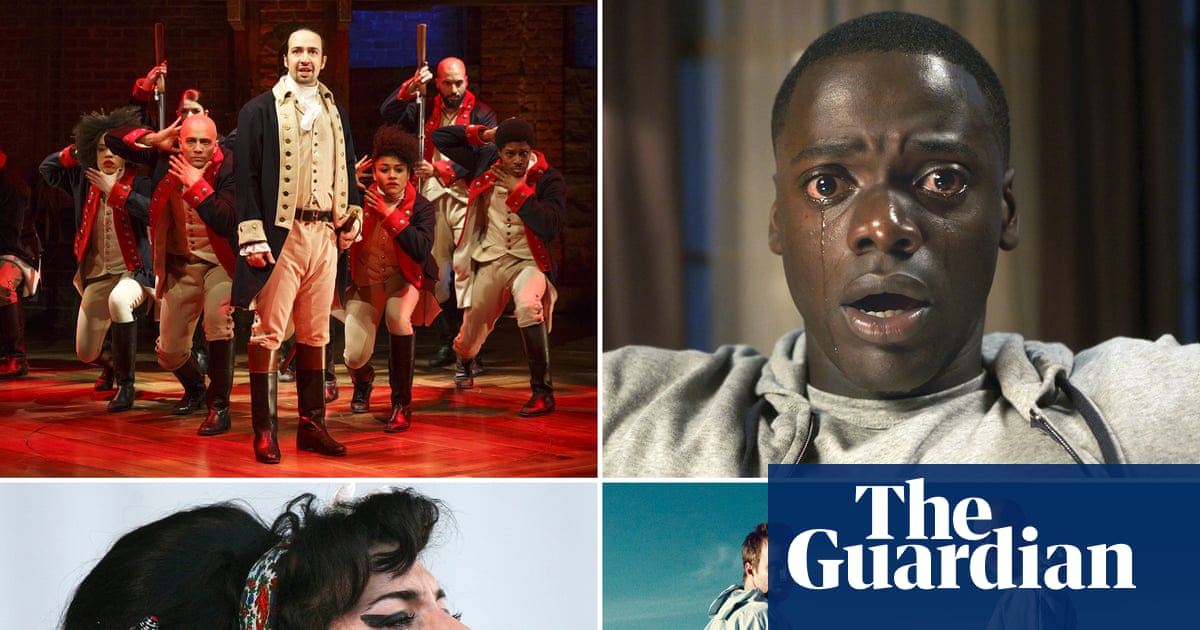When Ukrainian horror movie The Witch: Revenge started filming in late 2023, the costumes for the Russian soldiers were sourced straight from the battlefield. “They were real Russian uniforms. The captured soldiers or the dead soldiers, they just took those uniforms and cleaned them, and we used them,” the film’s producer, Iryna Kostyuk, says, speaking from Kyiv. Having cleaned the uniforms, the film-makers then had to dirty them up again so they looked suitably lived-in. Some of the vests still had names written in them – and several had names crossed out, presumably because Russian soldiers had filched them themselves from fallen comrades. “It was quite a challenge for the [Ukrainian] actors to wear them,” the producer says.
The movie, also known as The Konotop Witch, is about a witch who has renounced her powers but re-summons them after the Russians kill her fiance. It was a runaway hit at the Ukrainian box office last year, making $1.4m – a very big number for a country during a war, facing curfews and electricity cuts. It’s also the first in a horror universe cycle, called Heroines of the Dark Times, that Kostyuk is overseeing. Kostyuk and her team have now completed the second film in the series, The Dam. A zombie splatterfest, full of gore and severed heads, it follows a unit of Ukrainian soldiers, led by a female fighter codenamed Mara, who uncover a cold war era laboratory where Soviet scientists conducted nefarious experiments in the 1950s. Mara and her team face the inevitable battle with undead Soviet soldiers – but must also confront their own innermost fears, and learn to trust one another.

It all begs a question: why turn to horror movies when you have so much of it in real life anyway? Kostyuk says that spectators’ responses to movies change in wartime. In 2023, she produced an animated family fantasy feature called Mavka: The Forest Song, about a mythical green-haired wood nymph who guards the forests. Although she had been working on it long before the Russian invasion, Ukrainian cinemagoers interpreted it as a patriotic wartime allegory and it became the highest-grossing Ukrainian film ever, making a reported $21m worldwide.
But, by 2024, Kostyuk says she realised the public mood had darkened. “People wanted revenge,” she says. That’s what The Witch delivers in spades. The film’s logline was: “This is a film where a Ukrainian witch kicks the shit out of Russians”, and it immediately resonated. For a western viewer, the film makes peculiarly grim viewing. After the invasion, Russian soldiers are shown raping and murdering before the witch casts her dark spells against them and they begin to die in ever more grotesque ways.
Kostyuk says: “The Witch was supposed to be a scary movie. It’s quite visual, quite graphic. But for Ukrainian audiences, it was not scary. They would look at those guts being splattered of the Russians and would be satisfied.”
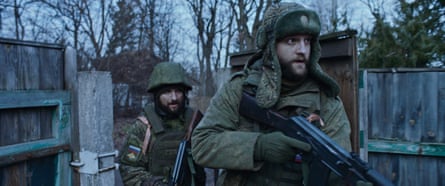
If you are not Ukrainian, The Dam is an equally disconcerting experience. At certain moments, it plays like an eastern European answer to Shaun of the Dead, with enjoyably cheesy decapitations and absurdly bloody, over-the-top VFX. You think it must be tongue in cheek – but then you remember it was made in the middle of a very real war, about which there is nothing funny at all.
And how does Kostyuk account for the films’ feminist overtones? According to her, it’s as much to do with the market as anything else. “Right now, the theatrical audience in Ukraine is female-driven because lots of males are at war. There are not that many men left to go to the cinemas … but I think it also has to do with the fact that Ukrainian mythology is so rich, and it always has to do with the female side.”
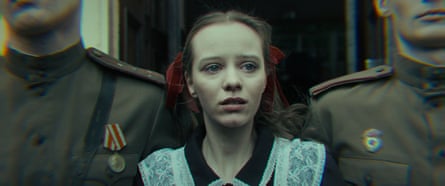
Kostyuk hopes that The Dam (which is being presented internationally for the first time at the American Film Market this week) will appeal beyond Ukrainian borders, both to horror fans and to any of us in the west worried about Russian expansionism. “That’s where Putin wants to take Russia now, back to the Soviet imperialist mindset, back to the USSR. We’re fighting the remains of that mindset and trying to stop it spilling out of the metaphorical bunker.” A third film is in development, about a policewoman fighting rightwing neo-Nazi vampires.
Ask Kostyuk if it’s safe making such movies and she dismisses the question as no longer even worth asking. “Now that we are in the fourth year of war, I don’t think that the factor of safety applies any more when you are choosing your locations. You choose locations and then you deal with it. It is high, high risk.”
However, it is true to say that audience demand is changing all the time. Last year, Ukrainan cinemagoers thirsted for revenge. Now, they crave escapism. Tales of the undead are less in vogue and The Dam has done modest business since its Ukrainian release last month. Nonetheless, Kostyuk is undaunted. She has recently overseen a live-action version of Mavka, called The True Myth, shot in Ukraine’s forests and lakes during wartime and delivered bang on schedule despite the constant air raids. If anyone is a heroine of dark times, you can’t help thinking that maybe Kostyuk is one herself. After all, making zombie movies and family adventures in the middle of an invasion takes a very special kind of gumption.

 3 hours ago
4
3 hours ago
4

